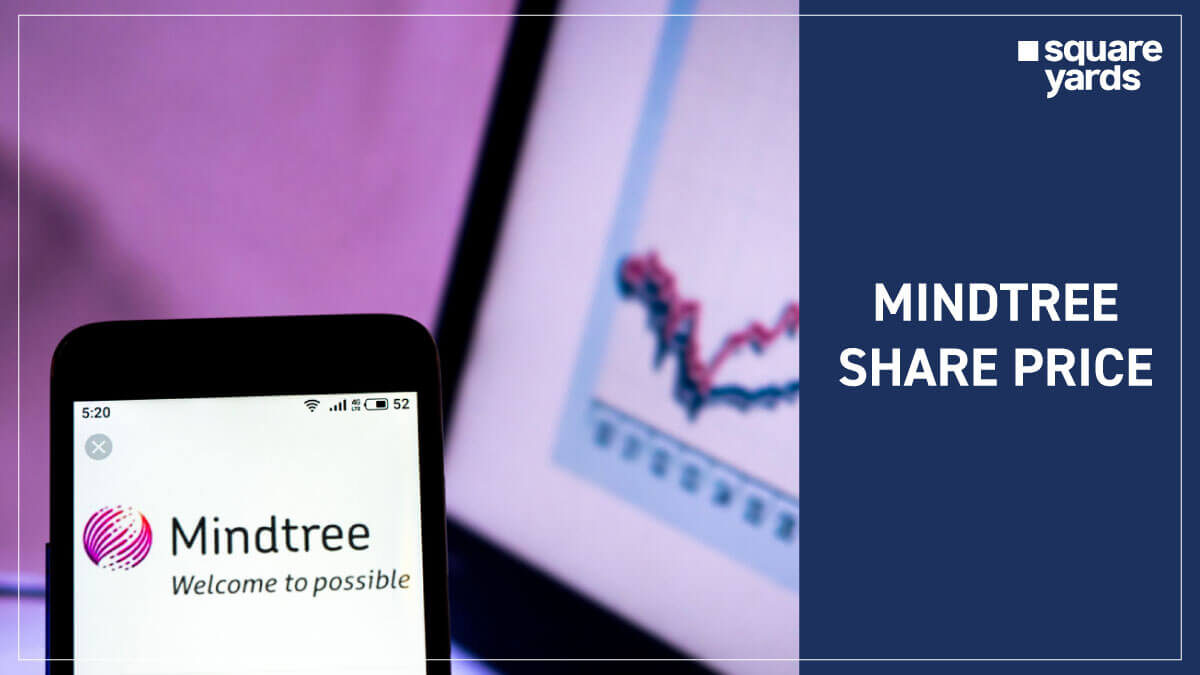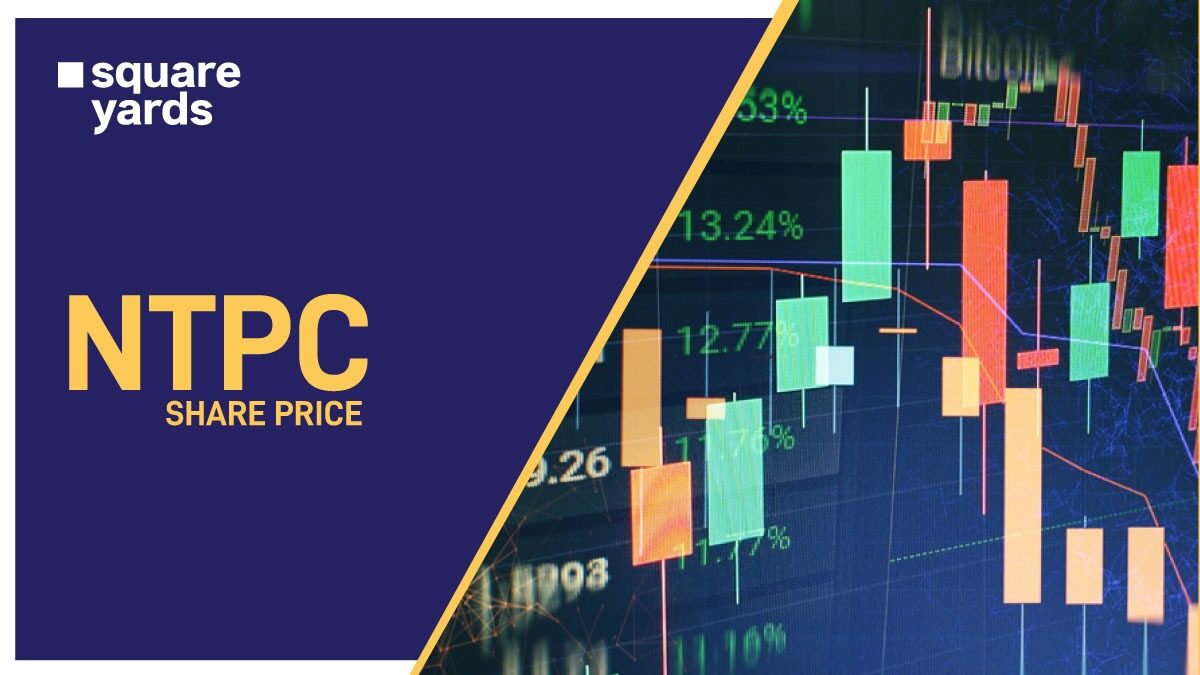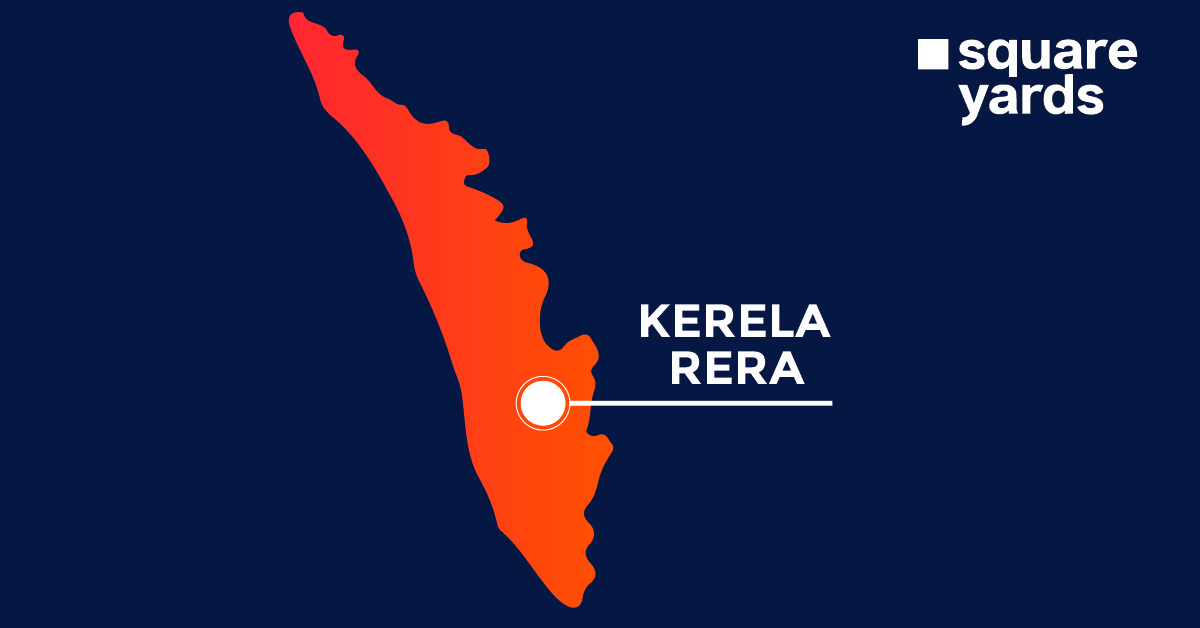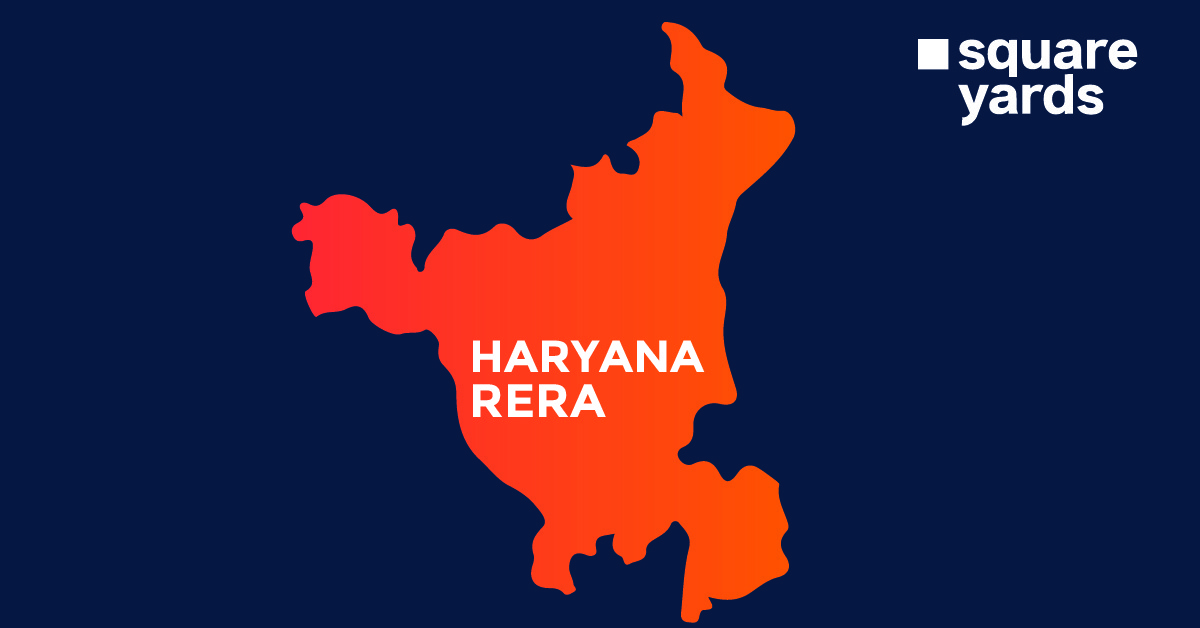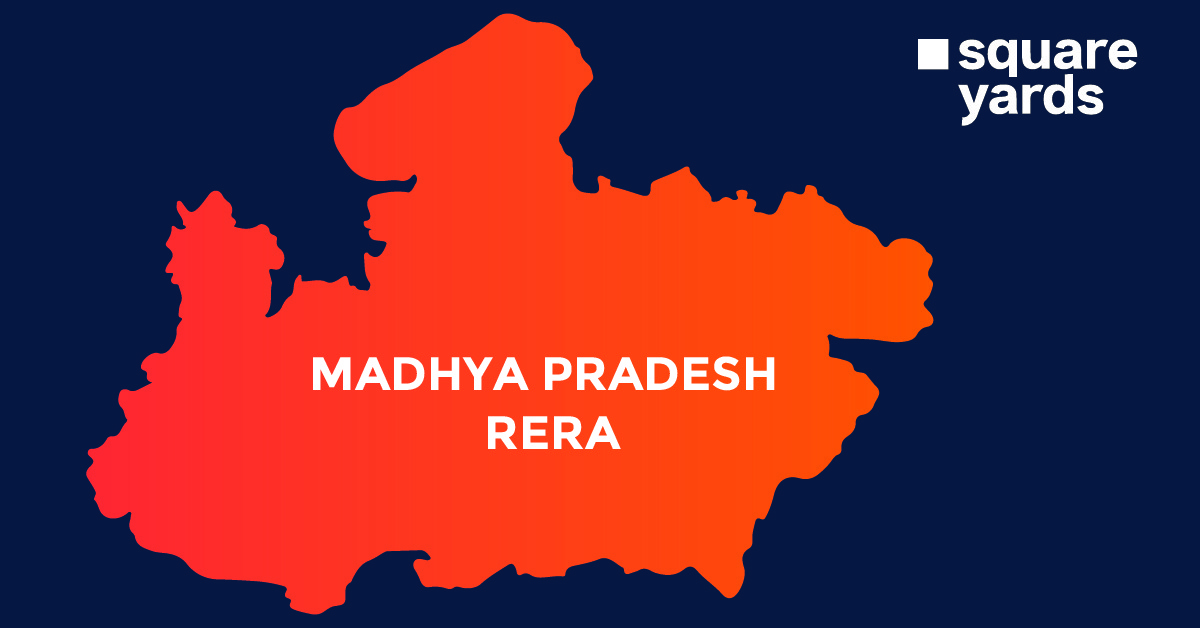The fascinating world of digital computing languages consists of decimal number systems, hexadecimal number systems, and binary and octal number systems. Each of these numeral systems has its own base number, playing an essential role in facilitating the conversion process. This blog will guide you through one of the fundamental concepts in computer science: transformation of hexadecimal numbers to binary equivalents. But before diving into the conversions of hexadecimal to binary, let’s learn more about these numeral systems and their history.
Table of contents
What Is Hexadecimal?
A hexadecimal number system uses 16 digits, often referred to as ‘hex’, and is a positional numeral system. It includes sixteen distinct symbols to represent numbers: 0-9 and A-F, where A to F represent the decimal numbers 10 to 15. The representation of the hexadecimal system is denoted as “s16,” where the “s” signifies a hexadecimal number. Examples of this representation include C1216 or BB916.
Current Use Of Hexadecimal
Hexadecimal numbers play a crucial role in simplifying computing and digital systems. It’s widely used in debugging, fixing errors, and memory addressing due to its concise representation of binary-coded values. This is the primary language when dealing with MAC addresses and assembly language programming, consisting of 12 hexadecimal numbers. Also, it is used in colour codes in web designing, like this #RRGGBB. RR represents red, GG stands for green and BB defines blue.
History Of Hexadecimal
The origin of the current hexadecimal system can be traced back to the field of computer science, particularly with the introduction of the IBM System/360 in the 1960s. The engineers needed a system to represent binary data; however, there was no standardised convention for representing digits exceeding nine.
In the 1950s, some facilities opted to use the digits 0 to 5 coupled with a macron (“¯”) character to denote values 10 to 15. But this approach faced criticism from the mathematical community. Bruce A. Martin, a mathematician at the Brookhaven National Laboratory, challenged the use of A to F as symbols for these values and proposed an alternative set of symbols, which was a more logical representation.
What Is Binary?
Binary refers to a number system which is used extensively in digital and computing platforms. It is expressed in a base-2 system, using only two numeric symbols, 0 and 1, to represent all its numbers.
Let’s take an example: Convert hexadecimal to binary
8 in binary= 1000
| Dividend | Remainder |
| 8/2 = 4 | 0 |
| 4/2 = 2 | 0 |
| 2/2 = 0 | 0 |
| 1/2= 1 | 1 |
Current Use Of Binary
Binary coding is the mother language of computers and electronic devices. This simplistic yet powerful language forms the backbone of all computing operations. It is utilised for the purpose of storing and retrieving an extensive range of digital information, encompassing everything from simple text to intricate algorithms. Binary number system serves as the foundation for data representation and manipulation underlying their presence in digital electronics and computing while streamlining the operations and boosting efficiency.
With the realm of digitisation and modern techniques in the field of real estate and architecture, the binary codes foster effective communication and data exchange and accurately extract information, thus becoming an indispensable pillar of computing.
History Of Binary
The history of the binary system unfurls across many centuries. The illustrious German mathematician and philosopher of the 17th century, Gottfried Wilhelm Leibniz, was the pioneer who invented the binary number system. He formulated a mechanism for binary numbers, showcasing that all values could be depicted solely with the two numerals 0 and 1, and each digit corresponds to an exponential power of 2.
However, the binary system found its significant practical application in the 19th century when George Boole further evolved the binary numeral procedure in his Boolean algebra, forming the basis of modern digital computer logic.
The binary system truly came into its emergence in the 20th century with the advent of electronic digital computers. Claude Shannon along with his colleagues, proposed the model using binary code for computer circuits that simplified the whole process, propelling binary into the forefront of computer science.
Since then, it has become the language for virtually all digital and computer systems, utilised for encoding all types of data – numbers, letters, multimedia files, drawing formats and more. Furthermore, the invention of cutting-edge technology binary tends to evolve in emerging fields such as quantum computing
Relationship Between Hexadecimal and Binary
Hexadecimal and binary systems are utilised to express numerical values, though with different bases. Both systems form a close-knit relationship as they are examples of computing language. Each hexadecimal digit corresponds exactly to four binary digits, such as binary digit 0101 is equivalent to hexadecimal number 5. This symbiosis makes conversions between the two a streamlined process, essential in decoding various computer science and electronics applications.
How to Convert Hexadecimal to Binary?
The process of converting a hexadecimal number to a binary state occurs in two steps. The first method involves the conversion of the hexadecimal number to a decimal number. This decimal figure is subsequently converted using the division process to a binary equivalent. It’s noteworthy that a single hexadecimal digit corresponds to four binary digits. The second method involves directly using a conversion table that converts hexadecimal to binary.
Regardless of the method you approach, understanding and applying these conversion techniques, one can easily convert hexadecimal numbers to binary numbers.
Hexadecimal to Binary Conversion Table
| Hexadecimal | Binary |
| 0 | 0000 |
| 1 | 0001 |
| 2 | 0010 |
| 3 | 0011 |
| 4 | 0100 |
| 5 | 0101 |
| 6 | 0110 |
| 7 | 0111 |
| 8 | 1000 |
| 9 | 1001 |
| A | 1010 |
| B | 1011 |
| C | 1100 |
| D | 1101 |
| E | 1110 |
| F | 1111 |
Don’t miss It!
| Kilometer to Centimeter | Kilometer to Centimeter Conversion: Conversion Table, Examples |
| Centimeter to Meter | How to Convert Centimeter to Meter: Formula & Examples |
| Cubic Meter to Liter | How to Convert Cubic Meter to Liter: Formula & Examples |
| Cent to Square Feet | How to Convert Cent to Square Feet: Formula & Examples |
| Pounds to Kilogram | How to Convert Pounds to Kilogram: Formula & Examples |
| Milligrams to Grams | How to Convert Milligramsto Grams: Formula & Examples |
| Yard to Feet | How to Convert Yard to Feet Formula & Examples |
| Binary to Decimal | How to Convert Binary to Decimal: Formula & Examples |
Formula and Examples Of Hexadecimal to Binary Converter
Let’s say suppose we have a number 3A2:
To find the result, break it down and write each hex digit with the corresponding 4-bit binary number with the help of the above table:-
- 3 corresponds to 0011,
- A is 1010 in binary
- 2 is 0010.
- Hence, join them together (3A2)16 = 001110100010
Another method is to convert hexadecimal numbers into decimal states and then into binary. For instance: Convert the hexadecimal number 2016 to its binary equivalent.
2016 = (2*161)+ (0*160)
= 32+0
= 32 (Decimal value of 2016)
Now divide the decimal value with 2 and follow the steps until the ultimate quotient is zero.
| Dividend | Reminder |
| 32/2= 16 | 0 |
| 16/2= 8 | 0 |
| 8/2= 4 | 0 |
| 4/2= 2 | 0 |
| 2/2= 1 | 0 |
| 1/2= 0 | 1 |
The binary number obtained is 1000002
Difference Between Hexadecimal and Binary
While both hexadecimal and binary are crucial in digital computing systems, the primary difference lies in their base. Binary uses a base-2 system and includes only two symbols: 0 and 1. Hexadecimal, on the other hand, uses a base-16 system and employs 16 distinct symbols: 0-9 and A-F. Additionally, each hexadecimal digit signifies a group of four binary digits, which simplifies the visual interpretation of complex binary data structures. Hence, hexadecimal provides more concise and readable formats for binary-coded language.
In A Nutshell
Understanding the relationship and conversion process between hexadecimal and binary brings clear insight into the arithmetic world of computer science. Follow the steps and the resources provided in the above blog for easy conversions and get acquainted with the languages of digital systems.
FAQ’s about Hexadecimal to Binary
Q1. Can we convert hexadecimal to binary?
Yes, every hexadecimal digit can be directly mapped to a 4-digit binary number with the help of a hexadecimal-to-binary converter table.
Q2. What is binary 1111 equal to in hexadecimal?
With the help of a binary to hexadecimal conversion table mentioned above, you can calculate the desired result.
(1111)2 = (F)16
Q3. What is binary to hexadecimal 1101010?
Converting binary numbers to hexadecimal is an easy method, group the number in pair of 4 and then find the equivalent hexadecimal number from the conversion table.
110101012
1101 0101
D 5
D is equivalent to 13
110101012 =13516















